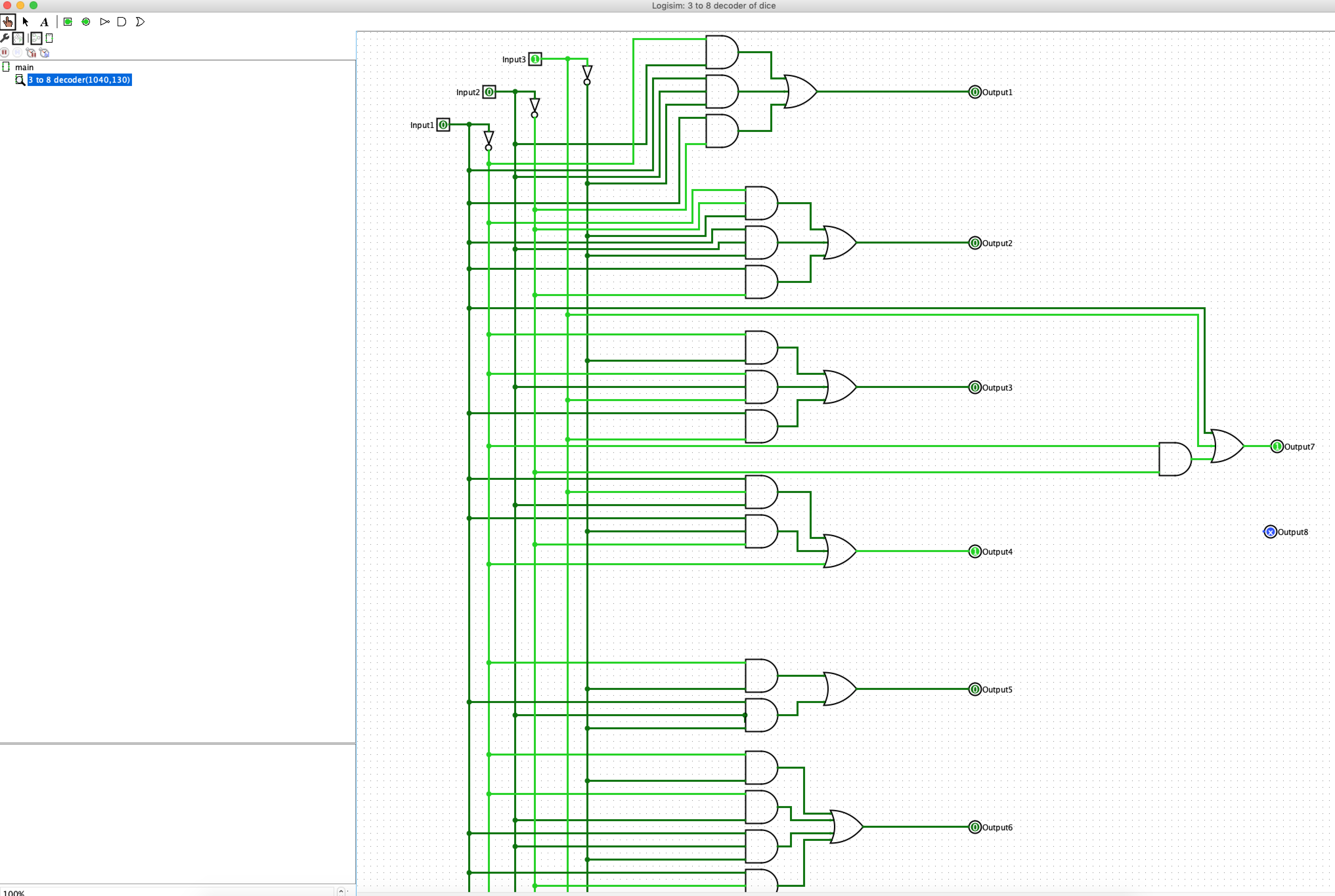

That means S = 1 and R =0.Ĭlock = 0 − Slave active, master inactive. Therefore outputs of the master become Q 1 = 1 and Q 1 bar = 0. Thus we get a stable output from the Master slave.Ĭlock = 1 − Master active, slave inactive. Hence with clock = 0 and slave becoming active the outputs of slave will remain Q = 0 and Q bar = 1. Therefore even with the changed outputs Q = 0 and Q bar = 1 fed back to master, its output will be Q1 = 0 and Q1 bar = 1. Therefore outputs of the slave become Q = 0 and Q bar = 1.Īgain clock = 1 − Master active, slave inactive.

That means S = 0 and R =1.Ĭlock = 0 − Slave active, master inactive. Therefore outputs of the master become Q 1 = 0 and Q 1 bar = 1. Therefore outputs will not change if J = K =0.Ĭlock = 1 − Master active, slave inactive. But since the S and R inputs have not changed, the slave outputs will also remain unchanged. When clock = 0, the slave becomes active and master is inactive. Circuit Diagram Truth Table Operation S.N. Whereas when clock = 0 (low level) the slave is active and master is inactive. Hence when the clock = 1 (positive level) the master is active and the slave is inactive. But due to the presence of the inverter in the clock line, the slave will respond to the negative level. Master slave JK FF is a cascade of two S-R FF with feedback from the output of second to input of first. Hence the Race condition will occur in the basic NAND latch. This is the reset condition.Īs S = 1, R = 1 and E = 1, the output of NAND gates 3 and 4 both are 0 i.e. Hence output of S-R NAND latch is Q n+1 = 1 and Q n+1 bar = 0. R' = 1 and E = 1 the output of NAND-4 i.e. Since S' and R' are the input of the basic S-R latch using NAND gates, there will be no change in the state of outputs. If S = R = 0 then output of NAND gates 3 and 4 are forced to become 1. Block Diagram Circuit Diagram Truth Table Operation S.N. In short this circuit will operate as an S-R latch if E = 1 but there is no change in the output if E = 0. For this, circuit in output will take place if and only if the enable input (E) is made active. It is also called as level triggered SR-FF. It is basically S-R latch using NAND gates with an additional enable input. Flip flop is said to be edge sensitive or edge triggered rather than being level triggered like latches. Block diagram Flip Flopįlip flop is a sequential circuit which generally samples its inputs and changes its outputs only at particular instants of time and not continuously. This type of circuits uses previous input, output, clock and a memory element. But sequential circuit has memory so output can vary based on input. Hence the previous state of input does not have any effect on the present state of the circuit. The combinational circuit does not use any memory.


 0 kommentar(er)
0 kommentar(er)
